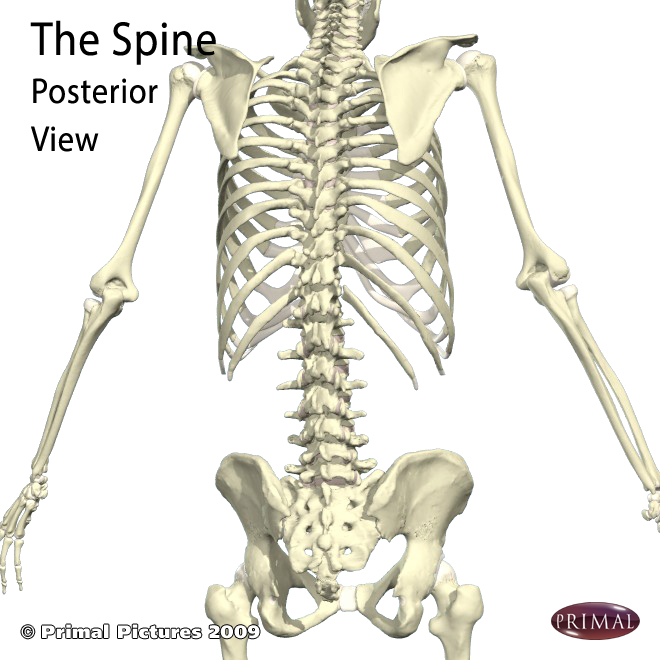Student is a leukemia survivor with compressed vertebrae
My student’s doctor told her she should do no twists at all, never, because of her spine.
Hello! I have a question concerning one of my students and I hope you can give me some advice. My student is in her late sixties and has suffered from leukemia. This was about 15 years ago. This has led to collapsed/compressed vertebrae. She has been practicing (gentle hatha) yoga with me for about 1,5 year without any problems. I knew she had some back issues, but she never told me it was this serious. Last week she went to see a physiotherapist because of some pain in her neck. He told her she should do no twists at all, never, because of her spine. My student now considers to quit yoga, as she is afraid to do any twists. I teach twists in all of my classes, but always clearly instruct to keep the spine elongated and only practice unleveraged twists. I don’t have any further details on her condition, I will ask her when I see her. But for the time being, I would love to hear your thoughts on this.

Answer from Justine
Hi, thank you for your question, as we can all learn from this! First of all, my guess is your student’s doctor probably scared her….and she is right to be cautious, but no need for fear. The fact that the leukemia was 15 years ago means we probably don’t need to worry about bone metastases (cancer spread to the bone) – however, the treatment she received would clearly have weakened her bones and she is also of an age to be at higher risk for fracture from osteoporosis – so caution and care are needed – and caution and care you and your Yoga class are providing. As you said, she has been coming for 1.5 years with no problems….and in that time she AND her bones have been getting stronger. I love that you say you always cue to keep the spine elongated in twists and not to leverage. I don’t like when doctors say to NEVER do something…primarily because, in life, she will be twisting – when she backs up her car, turns to wave at a friend, reaches for something, etc. Our job is to teach them to twist safely, within the confines of expected movement….so when they are out in the world and encounter unexpected movement they are better prepared, in body and mind, to handle it. That being said, I would suggest she start with VERY gentle twists, almost like she is barely into a twist – say 5-15 degrees of rotation – and then uses her breath to stretch her structure from the inside out, like the breath is an internal flashlight looking to bring space and light into the nooks and crannies of her body. A LOT of positive change can be made in only using the breath to stretch herself from the inside…..she can especially do this around the thoracic spine, attached to the rib cage, as the lungs will expand and create more space in the body near the thoracic spine. Each rib is attached to two vertebra, when we breathe this helps imbibe the thoracic intervertebral discs with hydration, creating more space. That movement, along with the prana/life force the breath brings, will have a huge and wonderful impact on her! She can focus more on axial extension and breathing into the tight spaces.
My other suggestion would be to have a candid talk with your student. Sharing with her you know the risks of too much movement in a twist, but you also know the risks of stopping movement altogether – tension, accumulation of metabolic debris, stagnation and lack of prana in the tissue, and eventual dis-ease/lack of comfort in the body onward to disease. Not in a way to scare her, but to reassure her that you know the risks as well as the benefits. She just needs a reassuring hand on her back as I can imagine she is scared.
Does she come to Chair Yoga or a Mat class? I only ask as supine twists can put more leverage on the spine due to gravity – in which case, she would want to limit the rotation of the spine by using bolsters as props under the bottom leg and between the legs.
Finally, the vertebral bodies in the neck are much smaller, and therefore weaker, than the vertebrae lower down the spine. If she is having neck pain, have her keep her chin centered over the chest and focus on elongating the neck with each inhale to avoid compression. As time goes on, and her level of concern/fear goes down, she may be able to add more movement….but the neck carries a huge payload on top, so there is no need or reason to push through any pain.
I hope this helps, please keep us posted! I also wanted to share a way to release neck tension without any risk to the vertebrae….this is to release the fascia in the neck and arm. There is no need to look over the shoulder to test the range of motion, that is just for the fun of the ‘aha’ moment…….the rubbing of the ears and wiggling of the fingers is all she needs to release tension in the neck.

